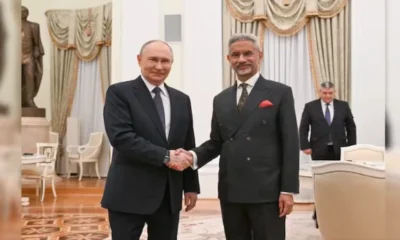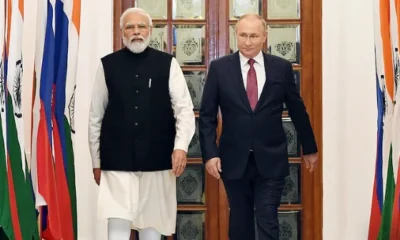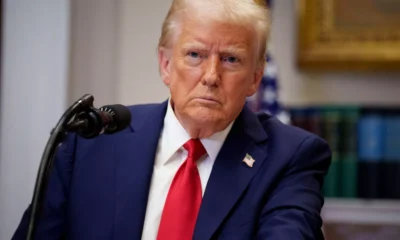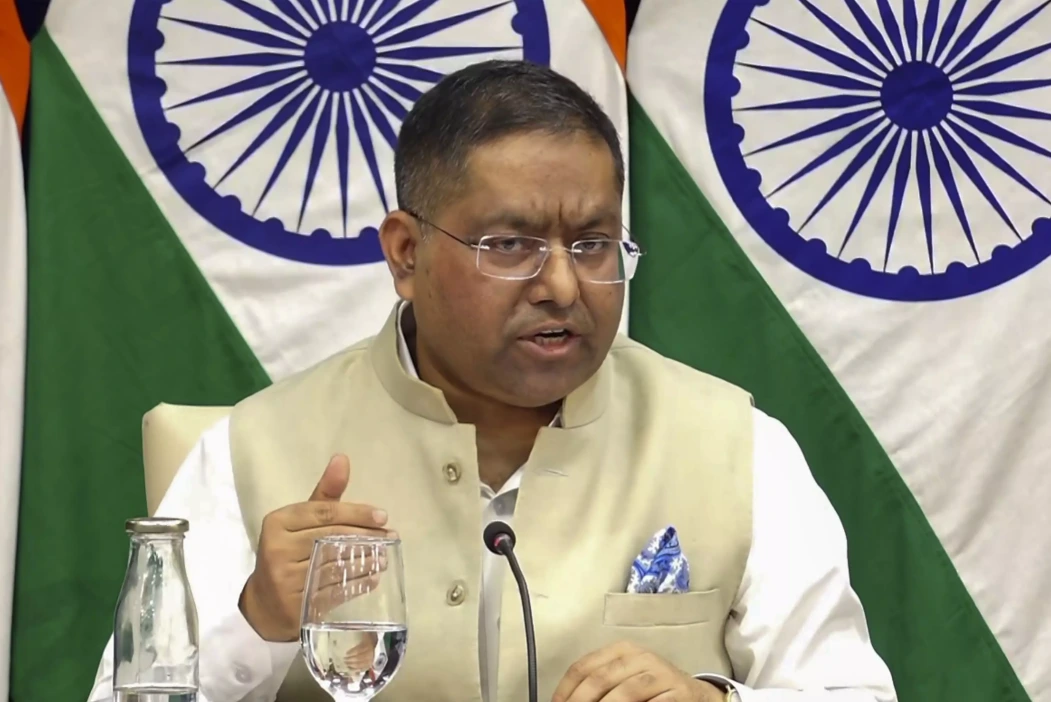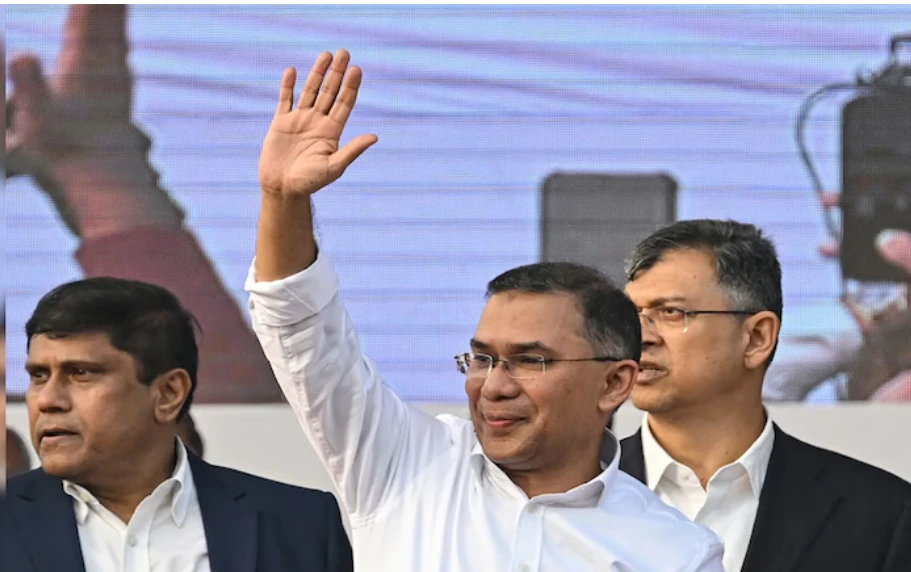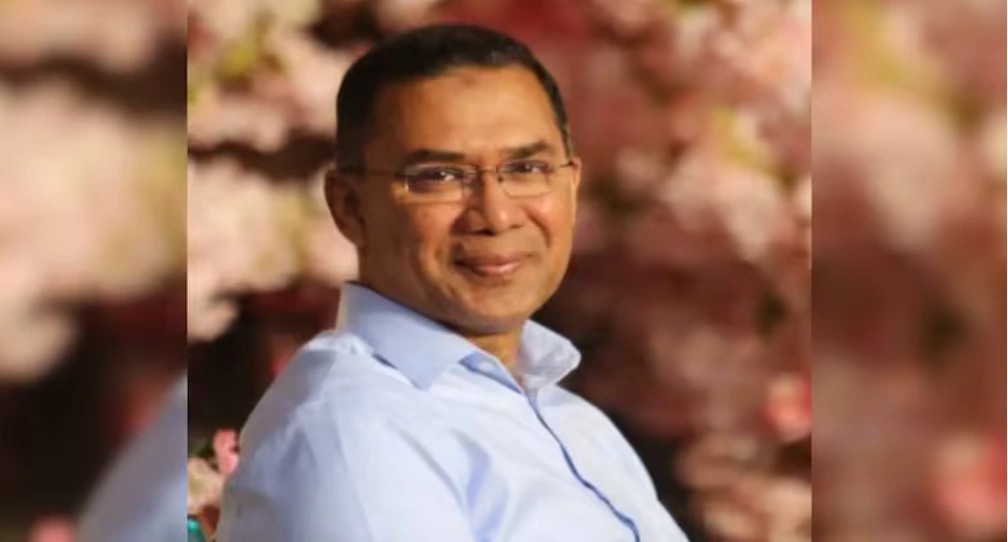Latest world news
Sudan asks Russia to provide protection from US divisive policy

Latest world news
India flags attacks on Hindus in Bangladesh as worrisome after recent lynchings
India has reacted sharply to recent lynchings of Hindu men in Bangladesh, calling the attacks on minorities worrisome and urging that those responsible be brought to justice.
Latest world news
Khaleda son Tarique Rahman arrives to rapturous welcome in Bangladesh
Tarique Rahman returned to Bangladesh after 17 years and, in his first speech, invoked Martin Luther King while outlining what he called a plan for the country’s future.
Latest world news
Tarique Rahman returns to Dhaka after 17 years, massive crowd greets BNP leader
Tarique Rahman returned to Bangladesh after more than 17 years in exile, with thousands of BNP supporters gathering in Dhaka to welcome the party’s acting chairman.
-
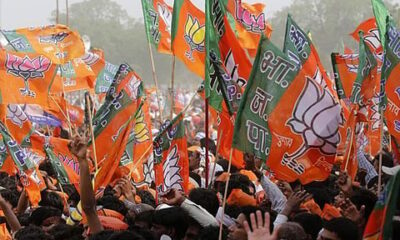
 India News15 hours ago
India News15 hours agoBJP gets its first mayor in Kerala as VV Rajesh takes charge in Thiruvananthapuram
-

 India News16 hours ago
India News16 hours agoVeer Bal Diwas reflects courage, conviction and righteousness, Says PM Modi
-

 India News13 hours ago
India News13 hours agoAAP targets Delhi LG with Ghajini dig over pollution row, BJP hits back
-

 Entertainment12 hours ago
Entertainment12 hours agoDhurandhar box office collection crosses Rs 1,000 crore worldwide in 21 days
-

 Latest world news11 hours ago
Latest world news11 hours agoIndia flags attacks on Hindus in Bangladesh as worrisome after recent lynchings
-
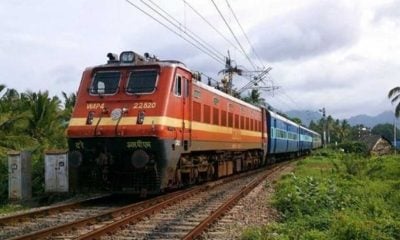
 India News18 hours ago
India News18 hours agoTrain fares increased from December 26: check revised ticket prices across classes
-

 India News18 hours ago
India News18 hours agoDelhi air quality improves slightly but stays in poor category
-

 India News13 hours ago
India News13 hours agoTraffic slows in Himachal Pradesh as year-end tourist rush chokes roads to Shimla, Manali



